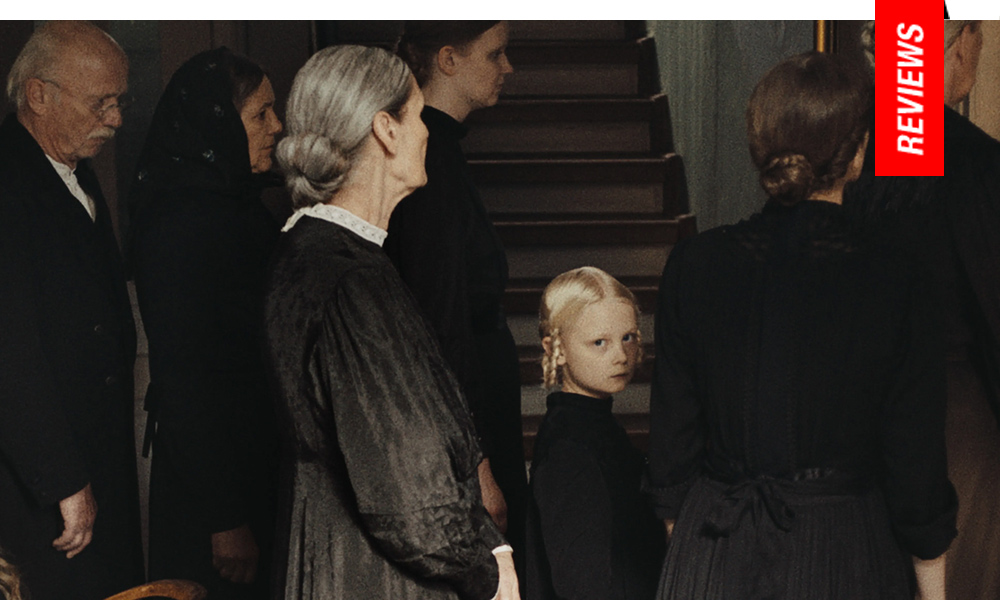Women on the Verge of a Nervous Breakdown: Schilinksi Paints a Microcosm of Misogyny
Suicide. Incest. Dismemberment. Sexual Assault. Sterilization. These are defining moments within four separate periods tracing several generations of women who lived in the same farmhouse in Northern Germany. Little Alma witnesses her brother Fritz assaulted by her parents, forcing a leg to be amputated. Another sister is sold off to a nearby farmer as a work hand/sex slave. As WWII ends, her sister Erika, who has a secret relationship with brother Fritz, drowns herself rather than suffer the fate of other women in liberated villages. Decades later, Alma’s daughter Angelika is molested by her uncle Uwe, and her cousin Rainer wishes to follow in his footsteps. Lastly, in contemporary climes, teenage Lenka discovers a new friend while her younger sister Nelly seems fated to madness.
There’s no denying a formidable articulation of stylistic choices in Schilinksi’s morbid house of horrors, spliced together by two editors (Billie Mind, Evelyn Rack), constantly forcing the audience to reassess what bits of information are being passed along. Comprehension mostly arrives in the form of various omniscient narration from multiple characters, some from outside of the timeline in which they exist. The women are often lurking, sidelined in the frames, treated as veritable nonentities. And thus, a handful of them become such, driven to suicide, haunting those left behind.
DP Fabien Gamper is at least partially responsible for assisting in the visual differentiation between periods all sharing a connective locale, but the specificity doesn’t seem to be the point—rather, the inherent, shared generational trauma of women. The WWII set sequences (with Susanne Wuest of Goodnight, Mommy playing another unlikeable mother) feel akin to Bergman’s Fanny & Alexander (1982). It perhaps goes without saying, those women destined to be beasts of burden bear the most shocking violence, such as the maid Trudi (Luzia Opperman), sterilized to satisfy male members of the household as well as her male colleagues without becoming pregnant.
The austere tone certainly recalls Michael Haneke (particularly The White Ribbon, 2009), but there are moments of magical realism which make Sound of Falling feel like Todd Haynes’ Poison (1991) had it been penned by Elfriede Jelinek (the final shot of the film, in particular, channels Haynes, and maybe Annie Lennox’s 1992 track Little Bird, where desperate escapism suggests “I’ve got to put these wings to test”). The film’s splintered pattern ultimately fashions itself into a nightmare from which it seems there’s no escape, repeated symbolic motifs like blurry photographs, empty shoes, and enough eels to rival The Tin Drum (1979). It would seem if asked what these women want, including the young girls, their response exists as a shared fantasy of thanatopsis—-a constant contemplation of death.
Reviewed on May 14th at the 2025 Cannes Film Festival (78th edition) – Competition. 149 Mins
★★★½/☆☆☆☆☆
